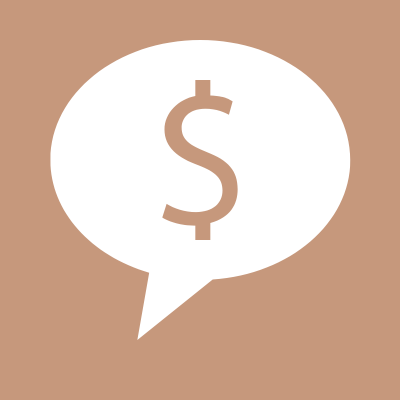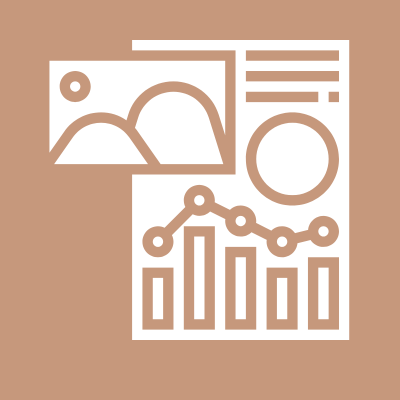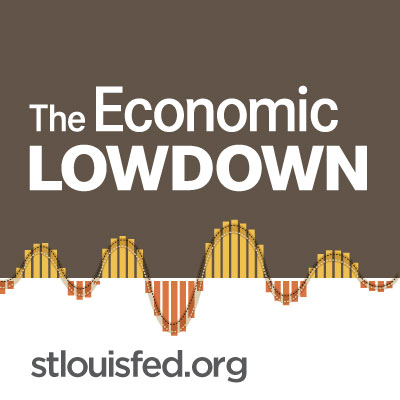Benjamin Franklin and the Birth of a Paper Money Economy
Learn about the history of paper money in the United States.
{{searchResultSnippet}}
 Back to All
Back to All

Brought to you by the U.S. Currency Education Program, this video will help students understand the main security features common across all U.S. banknotes so that they can quickly, easily, and discreetly determine if a note is genuine.
As a regular handler of cash, you can avoid accepting counterfeit notes by becoming familiar with the security features in U.S. currency. All you need to do is feel the paper, tilt the note, and check with light. Let's take a look at some easy-to-use security features in the twenty-dollar note. You'll also find these features on other current style denominations. Feel the paper move your finger across the note, it should feel slightly rough to the touch as a result of the printing process and the unique composition of the paper. Tilt the note, denominations ten dollars and higher have color shifting ink in the numeral on the lower right corner of the note. On the current style of notes, the color should change from copper to green. The current style 100-dollar note also includes two new security features that you can check by tilting the note. The color shifting bell in the inkwell and the 3d security ribbon. The 3d security ribbon contains images of the bells and 100 that shift as you tilt the note. Check with light, hold the note too light to check the watermark and security thread which are incorporated in denominations five dollars and higher. The watermark in security thread should be visible from both sides of the note when held to light. For denominations ten dollars and higher, the watermark matches the portrait on the face of the banknote. The most recent five dollar note has two watermarks both of the numeral five. The security thread appears in a different location for each denomination and glows a unique color when exposed to UV light. To learn more about authenticating banknotes, explore the interactive notes and training module on uscurrency.gov

Benjamin Franklin and the Birth of a Paper Money Economy
Learn about the history of paper money in the United States.

Know the $20 Table Tent
Learn how to test if a banknote is real.

Econ Lowdown Podcast Series
21 Economics audio assignments for your classroom

Dollars in Detail Brochure
Learn about the U.S. currency.

Quick Reference Card
Learn how to identify banknote counterfeits.

Decoding Dollars: the $20 Brochure and Poster
Learn about security features of a $20 bill.
{{resourceTitle}}
{{resourceBlurb}}